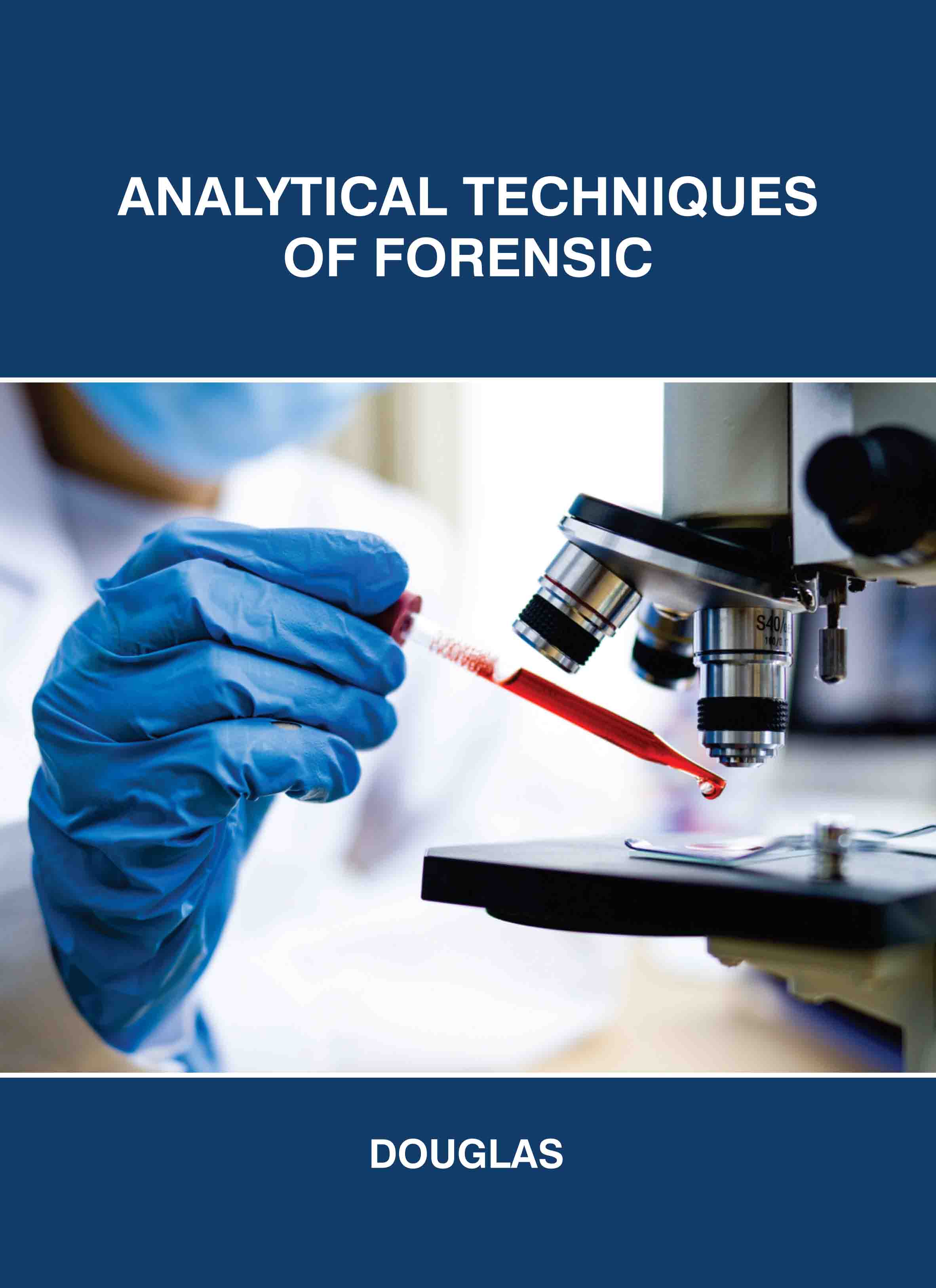
Analytical Techniques of Forensic
by Douglas
| ISBN | 9781835350881 |
|---|---|
| Publisher | EDTECH PRESS |
| Copyright Year | 2025 |
| Price | £155.00 |

by Douglas
| ISBN | 9781835350881 |
|---|---|
| Publisher | EDTECH PRESS |
| Copyright Year | 2025 |
| Price | £155.00 |
The use of analysis in law enforcement or the investigation of failed goods or procedures is known as forensic analysis. As a result, forensic analysis research emphasises metrology and validation Department and is applied and derivative by nature and design. Forensic science, forensic technology, and forensic chemistry are all included in forensic analytical chemistry. The application of science to criminal and civil laws is known as forensic science. During an investigation, forensic scientists gather, preserve, and analyse scientific data. While some forensic scientists go to the crime site to gather the evidence firsthand, others work only in the laboratory, performing analysis on things that other people bring to them. The book begins with a brief overview of chemical analysis for forensic application, followed by some discussion of forensic sampling and sample preparation. It then goes on to cover the methods employed in forensic chemical sensing to help solve crimes. The methods outline contemporary forensic science procedures for analytical chemistry, with a focus on the creation of portable detectors to assist law enforcement in the field. The analytical methods pioneered by forensic scientists have grown in sophistication and dependability over time. A number of novel analytical instruments have demonstrated usefulness for toxicological issues in nearly all fields, and the technology is still exploring uncharted territory. Regular self-assessment questions and conversation prompts are used to help readers gauge their understanding of the material.